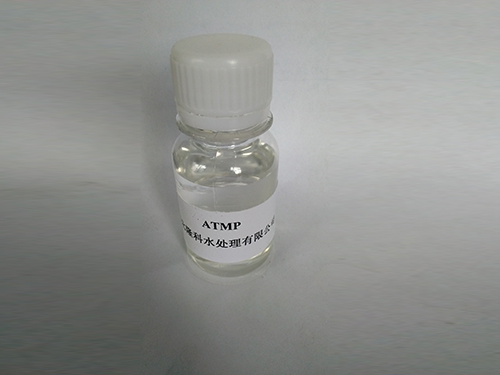Exploring the Applications and Benefits of Partially Hydrolyzed Polyacrylamide in Various Industries
Partially Hydrolyzed Polyacrylamide Properties, Applications, and Future Prospects
Partially hydrolyzed polyacrylamide (PHPA) is a synthetic polymer that has found extensive application across various industries due to its unique chemical properties. As a derivative of polyacrylamide, PHPA is created through the partial hydrolysis of polyacrylamide, which alters its molecular structure and enhances its functionality. This article will explore the properties of PHPA, its myriad applications, and its future prospects in diverse fields.
Properties of Partially Hydrolyzed Polyacrylamide
One of the most notable characteristics of PHPA is its ability to dissolve in water, forming a viscous solution. This property makes it invaluable in a range of applications, especially in environments where water retention or viscosity control is crucial. The degree of hydrolysis is a key parameter that influences the performance of PHPA; a higher hydrolysis degree typically results in improved solubility and an enhanced capacity for water retention.
Moreover, PHPA exhibits excellent thickening, flocculating, and stabilizing properties. Its anionic nature allows PHPA to interact with positively charged particles in suspension, which makes it highly effective as a flocculant in various processes. The ionic character of the polymer also contributes to its electrostatic properties, allowing it to modify the behavior of colloids in solutions effectively.
Applications of Partially Hydrolyzed Polyacrylamide
PHPA is utilized across a variety of industries, reflecting its versatility as a polymer. One of the primary sectors employing PHPA is the oil and gas industry. It is predominantly used in enhanced oil recovery (EOR) processes, where it helps to increase the viscosity of water used for injection. This enhanced viscosity helps in mobilizing the oil from reservoirs, thus improving recovery rates. The polymer’s effectiveness in reducing friction during flow also leads to a significant decrease in energy consumption during extraction.
partially hydrolysed polyacrylamide

In the field of agriculture, PHPA serves as a soil conditioner. Its water-retention capabilities are advantageous for enhancing soil moisture, promoting crop growth, and reducing water usage. By binding soil particles together, it also helps prevent erosion and improves soil structure.
Furthermore, PHPA is utilized in wastewater treatment. Its flocculating properties allow for the effective removal of suspended solids from water, making it a key component in treatment plants. The product assists in the clarification of water and the settling of sludge, ensuring higher quality effluents are discharged into natural water bodies.
Future Prospects
As the global demand for sustainable and efficient solutions continues to rise, the future of PHPA appears promising. Researchers are actively exploring new formulations and applications of this polymer, particularly in green chemistry initiatives. With an increasing focus on sustainability, developing biodegradable or more environmentally friendly variants of PHPA is a significant area of interest.
Additionally, advancements in polymer science may lead to the development of PHPA composites that enhance its properties. Innovations in nanotechnology could see PHPA being used in conjunction with nanomaterials for improved performance in various applications, ranging from environmental remediation to biomedical fields.
In conclusion, partially hydrolyzed polyacrylamide is a multifunctional polymer with significant utility across multiple sectors. Its unique properties facilitate enhanced effectiveness in oil recovery, agricultural practices, and wastewater treatment, positioning PHPA as a vital component in industrial processes. As research continues and sustainability becomes a focal point, PHPA is likely to evolve, leading to new applications and developments that benefit both industry and the environment. The future of PHPA looks bright, making it an exciting area for further exploration and innovation.
-
Water Treatment with Flocculant Water TreatmentNewsJun.12,2025
-
Polymaleic AnhydrideNewsJun.12,2025
-
Polyaspartic AcidNewsJun.12,2025
-
Enhance Industrial Processes with IsothiazolinonesNewsJun.12,2025
-
Enhance Industrial Processes with PBTCA SolutionsNewsJun.12,2025
-
Dodecyldimethylbenzylammonium Chloride SolutionsNewsJun.12,2025





